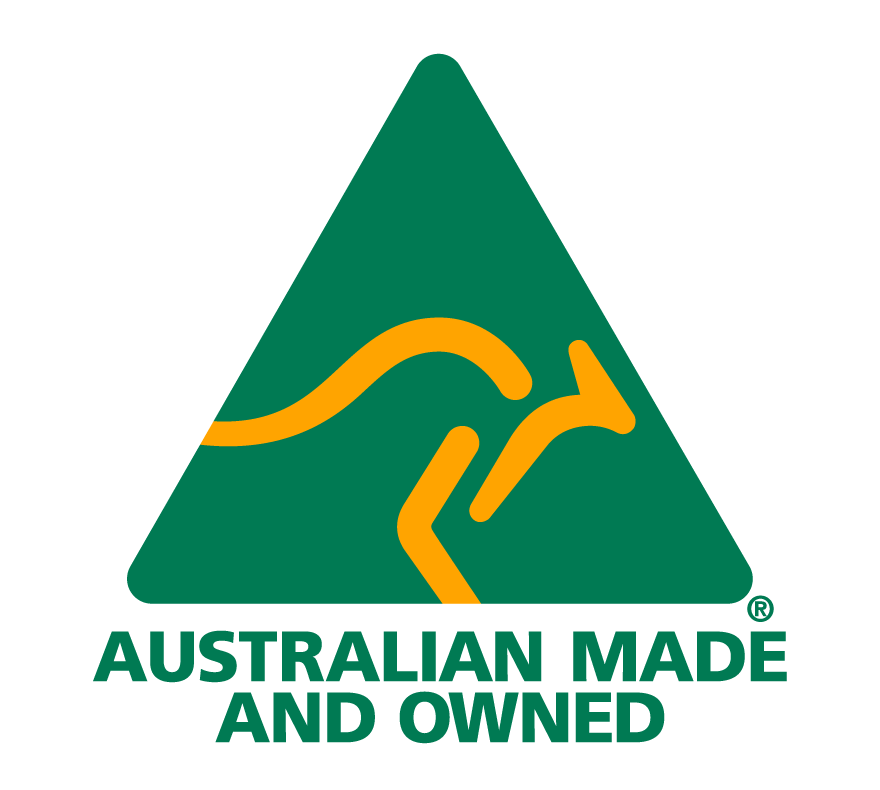Clayform
Honeycomb Cardboard Voidformer Solutions
Clayform is the premiere construction voidformer solution for engineers and builders across Australia.
Environmentally-friendly paper honeycomb cardboard is built for purpose: light, strong and results in substantial cost savings for your construction projects.

Australian Made

Superb strength to weight ratio

Suited for reactive soils

Environmentally Friendly

100% Recyclable

Fast Delivery
Overview
Why use a voidformer?
Clayform Honeycomb Cardboard Voidformer
Clayform - An Introduction
Strong For The Job-While Being Eco-Friendly

Specifications
| Specifications | |
|---|---|
| Liner Type | Kraft paper |
| Cell Diameter (mm) | 21mm |
| Standard Width (mm) | 1200 |
| Standard Length (mm) | 2400 |
| Standard Thickness (mm) | 10, 15, 20, 25, 30, 40, 50, 75,100, 150, 200, 250 |
Sustainability
Our commitment to sustainability

Previous Projects
The Ribbon, Sydney
Location: Sydney CBD
Quantity : 12800m2
Philip Island Vistor Center, VIC
Location: Newhaven VIC
Quantity : 4,500m2
FAQ
Not typically. Styrene is generally used as a void former on residential slabs in the ‘waffle pod’ system. The paper honeycomb cardboard is used in areas of highly reactive soil where waffle pods are not suitable as they do not provide sufficient ‘give’. The paper honeycomb cardboard is used as an alternative to styrene where an environmentally-friendly alternative is needed.
Suspended slab on ground or suspended slab on grade.
- Fully-suspending the slab on piers and metal decking.
- Removing fill from site and importing less reactive fill.
- Deep stiffened raft slab.
Building projects are typically designed to drain to prevent water ponding under concrete. If a project is designed correctly with drainage there will be no ponding where the void is.
Honeycomb void formers will collapse if they receive heavy rain or are exposed for an extended period of time. As per our install guide, we recommend installing the product and pouring concrete as soon as possible following install.
- Coordinate delivery to site so the sheets can be installed as soon as possible. Lite Corp work with reliable freight carriers to ensure timely delivery
- Ensure a well-drained site (e.g. by use of appropriate subgrades).
- Select the individually-bagged option for additional moisture protection.
- Install a blinding layer immediately after installation for particularly wet areas.
- Protect and store the product well prior to installation.
Following are some appropriate subgrades, with 20mm aggregate or smaller:
- Natural surface
- Pea gravel
- Crushed rock
- Crushed recycled concrete
Yes. We use only FSC-certified paper, with 85% recycled material used in the product. It is fully recyclable.
No. Individually-bagged void former will provide temporary protection against weather, however we recommend pouring concrete maximum 3-5 days following installation – and preferably earlier.
On dry sites where rain is not predicted, and the product can be installed and concrete poured within 1-2 days.
Yes, Clayform is manufactured locally by Lite Corp, a family-owned company.
There are several standards relevant to the suspended slab on ground; AS2870-2011 Residential Slabs and Footings contains a range of reactivity classifications, from ‘A’ (little or no ground movement) through to ‘E’ (extreme ground movement from moisture changes). Void former is generally an option for classes H1, H2, E and P. Several further standards then come into play: AS3600:2018 (Concrete Structures, Steel & Tendons), AS1170 (Structural Design Actions), AS2159:2009 (Piling) and AS4671:2001 (Steel reinforcing materials). Each standard must be considered when designing the suspended slab on ground.
There are several standards relevant to the suspended slab on ground; AS2870-2011 Residential Slabs and Footings contains a range of reactivity classifications, from ‘A’ (little or no ground movement) through to ‘E’ (extreme ground movement from moisture changes). Void former is generally an option for classes H1, H2, E and P. Several further standards then come into play: AS3600:2018 (Concrete Structures, Steel & Tendons), AS1170 (Structural Design Actions), AS2159:2009 (Piling) and AS4671:2001 (Steel reinforcing materials). Each standard must be considered when designing the suspended slab on ground.





